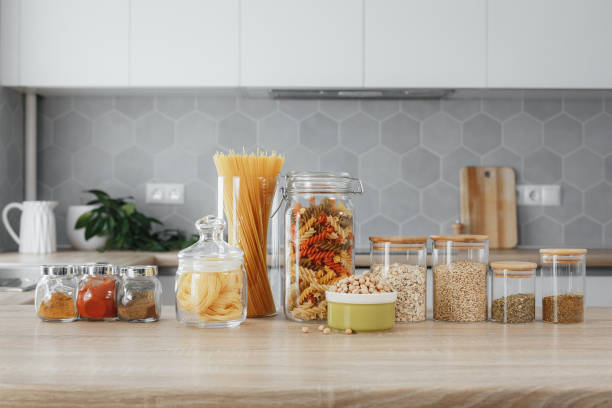
How Your Kitchen Setup Affects Your Eating Habits
Share
Your kitchen isn't just a place to cook—it plays a crucial role in shaping your eating habits. The way your kitchen is organized, the visibility of certain foods, and even the layout can influence what and how much you eat. By making a few strategic changes, you can create an environment that encourages healthier choices and mindful eating.
Food Visibility Matters
The foods you see first often determine what you eat. If unhealthy snacks are within easy reach while fruits and vegetables are hidden away, you're more likely to opt for the less nutritious choice. Keep healthy options like fresh produce, nuts, and whole grains at eye level to make better eating decisions effortless.
Kitchen Layout and Convenience
A cluttered kitchen can lead to stress, making quick, unhealthy meals or takeout more appealing. Organizing your kitchen for efficiency—keeping cooking essentials accessible and countertops clear—encourages home cooking, which is generally healthier than eating out.
Plate and Portion Control
Your choice of dishware affects portion sizes. Large plates and bowls can lead to overeating, as they make portions appear smaller. Opt for smaller plates to help control portions naturally and avoid overeating.
Seating and Mealtime Habits
The way you set up your dining space also impacts eating behaviors. Eating at a properly set table, rather than in front of the TV or while standing in the kitchen, promotes mindful eating, helping you enjoy your meals and recognize fullness cues more effectively.
Smart Storage and Meal Prep
Having an organized fridge and pantry makes healthy eating easier. Store nutritious, ready-to-eat meals and snacks in clear containers for quick access. Meal prepping in advance reduces the temptation to grab unhealthy, last-minute options.
Your kitchen setup plays a powerful role in shaping your dietary choices. By making small but intentional adjustments—like organizing food storage, controlling portion sizes, and creating a comfortable eating space—you can encourage healthier habits without much effort. A well-designed kitchen isn't just about aesthetics; it's about setting yourself up for a balanced, nourishing lifestyle.
Get more knowledge about eating healthy, please refer to Fifty Two Sunday Dinners.
